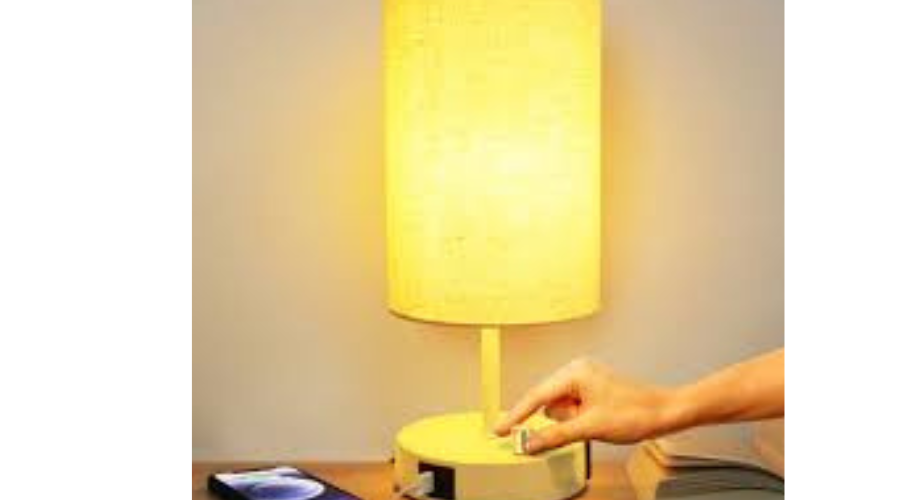
Smart lighting, as one of the forms of smart home today, is no longer a luxury but a necessity in homes, offices, and public places. Smart LED lamps hold even more potential for the future, and they will incorporate many new technologies. The need for energy-efficient, individually controllable, and sustainable lamps is also rising. In this article, we'll look at the points you should know as smart LED lamps become the next step in developing lighting products.
LED technology is also considered more energy efficient than incandescent or compact fluorescent bulbs. Regarding climate change concerns and energy efficiency, smart LED lamps of the future will emphasize sustainability.
Future smart LED lamps will also incorporate environmentally friendly material and recycling aspects in their development. Some future designs may entail modularity, in which a consumer can change a particular component instead of discarding the whole unit. These trends will not only decrease the cutting of carbon but also assist in minimizing electronic waste.
Voice control is now part of every smart home and will have a more critical function in developing smart LED lamps. The interaction with voice assistants such as Amazon Alexa, Google Assistant, and Apple's Siri will be natural and fast. Consider entering a room without using any switch or knob, just telling the room, "Lights on," or telling it to adjust to your preferred brightness and color tone.
Aside from the obvious benefits of operating smart LED lamps with voice help, future versions will inevitably introduce more precise control methods. These could include voice-activated schedules and voice commands, such as the ability to set specific lighting based on the time of day or even the ability to control multiple aspects of a house's lighting with one command.
Smart LED lamps have a future that can be associated with human health through lighting systems that follow natural rhythms. Future lighting solutions will adapt to scientific findings showing light's effects on human health and sleep cycles.
Smart LED lamps can switch their output from standard white to dim the lamps and vary their color temperature within the range of a regular day. For example, in the morning, the lamp may produce light with high brightness and blue color temperature to help wake up, while in the evening, it can change to warm light to help the user relax.
Flexibility is one of the most critical aspects of today's smart devices, including smart LED lamps. In the future, consumers will be even more in control of the lighting they want; bright LED lamps contain profiles adapted to the consumer's preferences.
These profiles can be dynamic and updated according to the user's behavior or preference. For example, a lamp may change to reading mode in the evening, work mode during the day because it will be brighter and more relaxed, or movie mode, where the lamp will be at a low light level. Automated with algorithms provided by artificial intelligence, these intelligent LED lamps will be smart enough to understand and adapt to users' preferences, making light usage very comfortable.
While smart homes are still on an upward trend, the upcoming smart LED lamps are anticipated to integrate with other smart products in the home environment. Apart from controlling and regulating light, these lamps can link and interact with other smart home appliances, including thermostats, security systems, and entertainment centers.
For instance, imagine entering a room and setting your lamp, thermostat, and sound system to your preferred state.
Smart LED lamps of the future will be equipped with motion, light, temperature, and air quality sensors. Regarding these sensors, it will be possible for a higher level of automation to be achieved such that the lamps will turn on or off depending on different factors.
For instance, if a room becomes dusky because of a cloud or the sun setting, the smart LED lamp will adjust the brightness, thus providing sufficient light. Some future models may even have sensors that analyze the quality of the air around them or the temperature and turn on lights for comfort.
As wireless charging technology advances, bright LED lamps may be equipped with charging ports for smartphones, tablets, or other appliances. This feature could be useful on the desk or bedside lamp, where additional cables and outlets are unnecessary.
Smart lighting for wireless charging would involve placing charger pads in lamp supports to organize charging and accommodate a variety of devices.
That is why people should prepare for smart LED lamps, as the idea looks quite promising literally and figuratively. Thanks to the breakthroughs achieved in energy saving, health-promoting adaptive lighting, the ability to customize the light settings, and smart home compatibility, such devices are expected to transform the off-hand illumination of our spaces. From upgrading your home's lighting to joining the bandwagon of smart home systems, these are some future features you should prepare for.